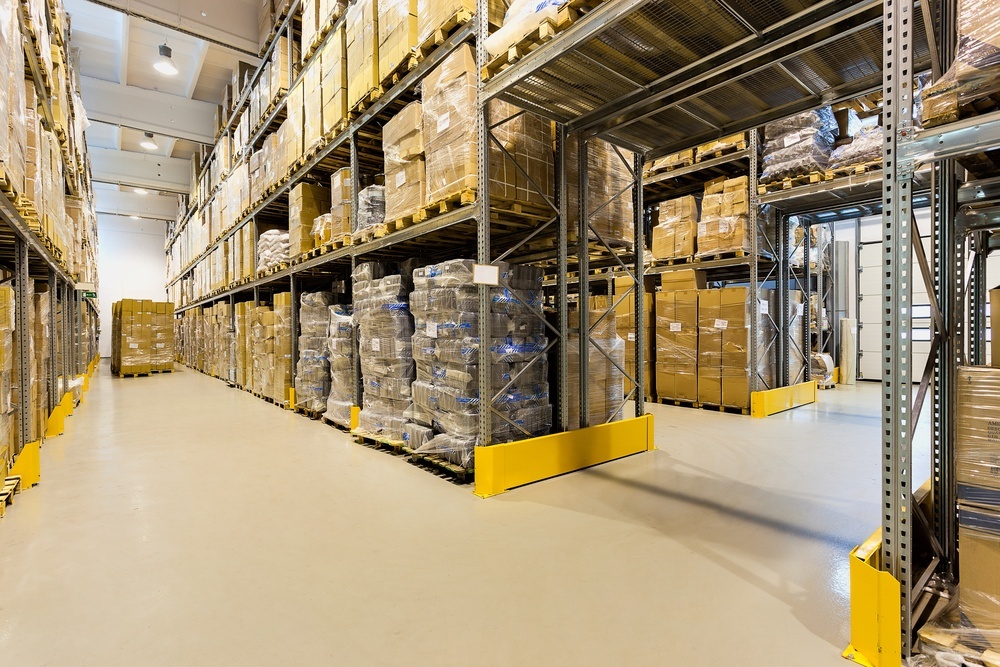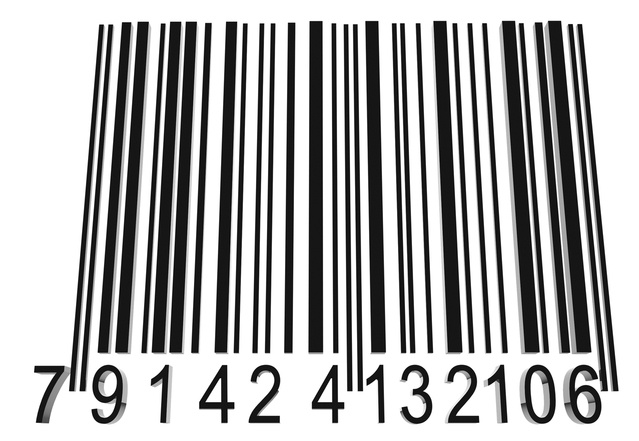7 Deadly Costs Of Dead Inventory
Have you ever wondered about the true cost of dead inventory? These are costs that many manufacturers and retailers find difficult to quantify. We...
1 min read
 John Albright
:
Oct 25, 2017 11:00:00 AM
John Albright
:
Oct 25, 2017 11:00:00 AM

Finding the right configuration for product storage is more a matter of finding the patterns in how products enter and exit a warehouse than figuring out how to fit differently sized pallets together. Depending on your suppliers, any number of solutions (and even a mix) can help you utilize limited space as effectively as possible. If space is quickly filling up and you need to start reorganizing how you store products, here are a couple of questions to ask yourself:
Warehouse work best when there's a lot of movement, but only if that movement is kept efficient. Create separate stacking patterns for popular goods and less purchased merchandise, and look into removing unwanted stock entirely.

Have you ever wondered about the true cost of dead inventory? These are costs that many manufacturers and retailers find difficult to quantify. We...

What kind of warehouse are you going to run? That is the question. An even better question may be: how do want your clients and prospects to perceive...

Not everyone can become a store manager. What makes a store unique is the fact that as a manager, you have trained staff with different skills. Such...